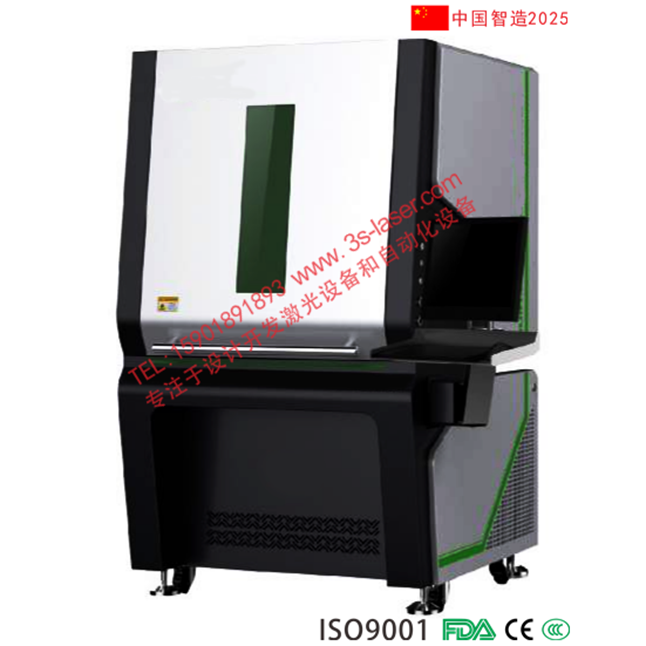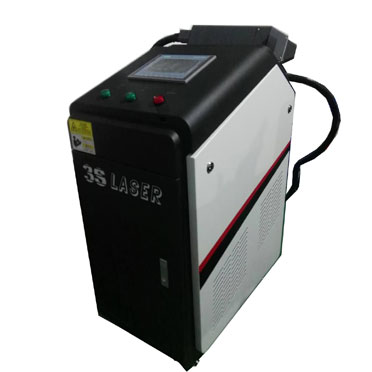Introduction of Laser Product Classification
Add time :2017-06-16 Click :3499
Please note that no surface scratches are used to avoid the use of bleaching components and detergent containing abrasives, steel balls (brush roller ball), grinding tools, etc., in order to remove the washing liquid, washing at the end,Rinse surface with clean water.
Dust and easy to remove scale soap, weak lotion or wash with warm water
Label and foil with warm water, weak detergent to scrub, binder ingredients using alcohol or organic solution
To wash with a mild cloth or paper after drying with a neutral detergent or ammonia solution or special washing drug.
Bleach and acid attachment rinse immediately with water, soak in ammonia or neutral carbonated soda solution, then wash with neutral detergent or warm
Organic carbide is immersed in a hot neutral detergent or ammonia solution and then washed with a weak abrasive detergent
Fingerprint with alcohol or organic solvents (ether, benzene), dry with a soft cloth after washing with water
Excessive use of detergent or oil, washing with warm water neutral detergent
Welding heat discoloration--wash with 10% nitric acid or hydrofluoric acid solution and then use in ammonia carbonate soda light solution and then useClass I laser products have no biological hazard. Any beam that may be viewed is shielded and the laser system is interlocked when the laser is exposed. Class II laser output power is 1 MW. Will not burn the skin, will not cause a fire. Since eye reflex prevents some eye damage, this type of laser is not considered a dangerous optical device. Class IIIa laser products output power from 1 MW to 5 MW. It wonundefinedt burn your skin. Under certain conditions, such lasers can cause blindness and other damage to the eyes. Class IIIb laser products output power from 5 MW to 500 MW. At high power levels, these laser products can burn the skin. This type of laser product is clearly defined as harmful to the eye, especially when the power is relatively high, will cause eye injury. Class IV laser products output power greater than 500MW. Such laser products must cause eye damage. Like burning skin and lighting clothing, lasers can ignite other materials.
Dust and easy to remove scale soap, weak lotion or wash with warm water
Label and foil with warm water, weak detergent to scrub, binder ingredients using alcohol or organic solution
To wash with a mild cloth or paper after drying with a neutral detergent or ammonia solution or special washing drug.
Bleach and acid attachment rinse immediately with water, soak in ammonia or neutral carbonated soda solution, then wash with neutral detergent or warm
Organic carbide is immersed in a hot neutral detergent or ammonia solution and then washed with a weak abrasive detergent
Fingerprint with alcohol or organic solvents (ether, benzene), dry with a soft cloth after washing with water
Excessive use of detergent or oil, washing with warm water neutral detergent
Welding heat discoloration--wash with 10% nitric acid or hydrofluoric acid solution and then use in ammonia carbonate soda light solution and then useClass I laser products have no biological hazard. Any beam that may be viewed is shielded and the laser system is interlocked when the laser is exposed. Class II laser output power is 1 MW. Will not burn the skin, will not cause a fire. Since eye reflex prevents some eye damage, this type of laser is not considered a dangerous optical device. Class IIIa laser products output power from 1 MW to 5 MW. It wonundefinedt burn your skin. Under certain conditions, such lasers can cause blindness and other damage to the eyes. Class IIIb laser products output power from 5 MW to 500 MW. At high power levels, these laser products can burn the skin. This type of laser product is clearly defined as harmful to the eye, especially when the power is relatively high, will cause eye injury. Class IV laser products output power greater than 500MW. Such laser products must cause eye damage. Like burning skin and lighting clothing, lasers can ignite other materials.







